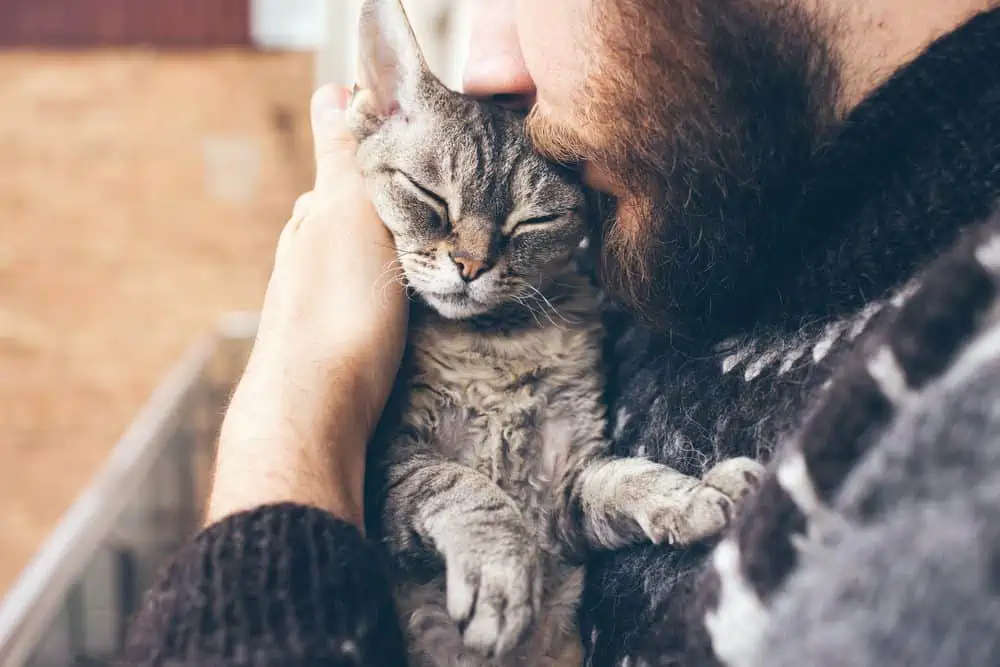
As every ailurophile (cat lover) knows, felines like to do things on their own terms. This trait dates far back in their history – and scientists believe they have identified the point in time when wild cats decided that hanging out with humans wasn’t a bad idea.
An archaeological dig at the ancient Chinese farming village of Quanhucun has thrown up evidence that researchers claim provides proof that cats been living off humans for more than 5,000 years.
DID YOU KNOW?
DNA found at archaeological sites reveals that the origins of our domestic cats are in the Near East and ancient Egypt and that all domesticated cats descend from the African wildcat or Felis silvestris lybica. Most ancient cats had stripes and, until the Middle Ages, spotted cats were uncommon.
Side-by-side
The dig uncovered the remains of humans, cats, pigs, rodents and deer who lived side-by-side thousands of years ago. By analysing chemical traces, scientists found that the cats were preying on animals which survived on farmed millet – most likely rodents. Archaeologists also found ancient rodent-proof millet pots.
Report co-author and archaeology professor Fiona Marshall, PhD from Washington University in St Louis, USA, commented: “Our data suggest that cats were attracted to ancient farming villages by small animals, such as rodents, that were living on the grain that the farmers grew, ate and stored. The village of Quanhucun was a source of food for the cats 5,300 years ago, and the relationship between humans and cats was commensal, or advantageous for the cats.”
Mutual benefits
While theories have often suggested that this is the likely explanation for how cats first domesticated themselves, there has never been proof before. Dr Marshall added: “Even if these cats were not yet domesticated, our evidence confirms that they lived in close proximity to farmers, and that the relationship had mutual benefits.”
Interestingly, according to the findings published in Proceedings of the National Academy of Sciences USA, some cats were also found to have higher quantities of millet than expected in their own diets, suggesting that they were fed with or at least scavenged from food prepared by humans. Some could even have been prototype feline ‘pets’. One of the cats was significantly aged, showing that it survived well in the village.
DID YOU KNOW?
After being domesticated by the first farmers, cats spread across Europe and other parts of the world via the trade hub at Egypt when migrating farmers took their cats with them. Bones of cats with an Egyptian signature have even been found at Viking sites near the Baltic Sea.
When it comes to mutually beneficial human/animal relations, dogs were quicker off the mark, with some scientists estimating that the earliest canine domestication began as early as 30,000 years ago, due to the rise of agriculture. Wild wolves were likely attracted to the meat obtained by early human hunter-gatherers and then people found the friendliest animals useful either to protect their settlements or to help in hunting. However, cats have made up for their slow start and have trumped dogs in the most popular pet category. With the exception of Antarctica, cats are kept on every continent and, according to the Ecology Global Network, there are an estimated 600 million of them across the planet.
Sources: independent.co.uk, pnas.org, sciencedaily.com, kuleuven.be, ecology.com














